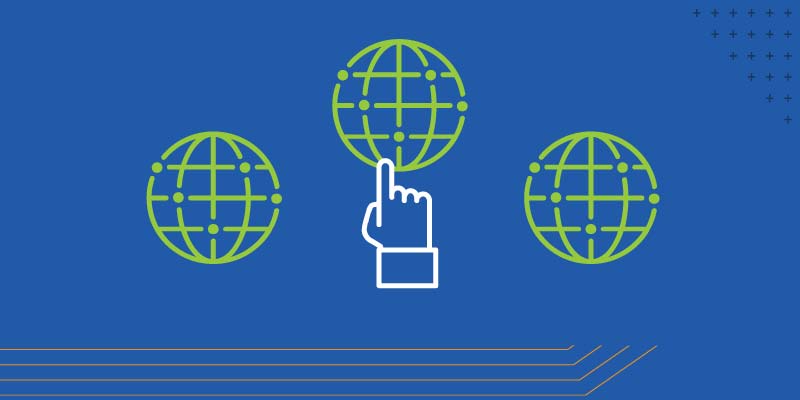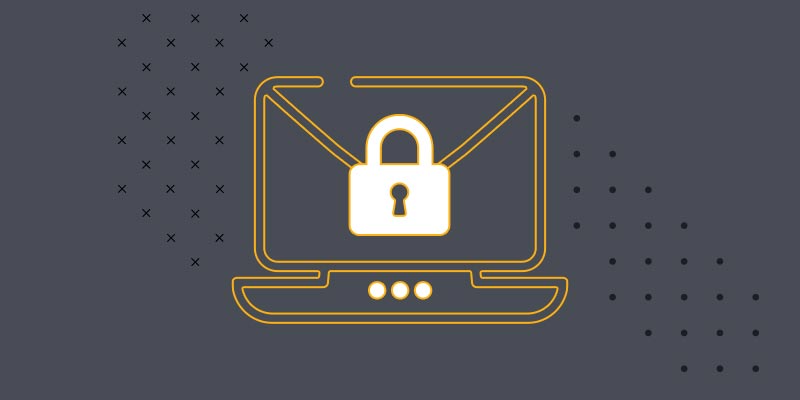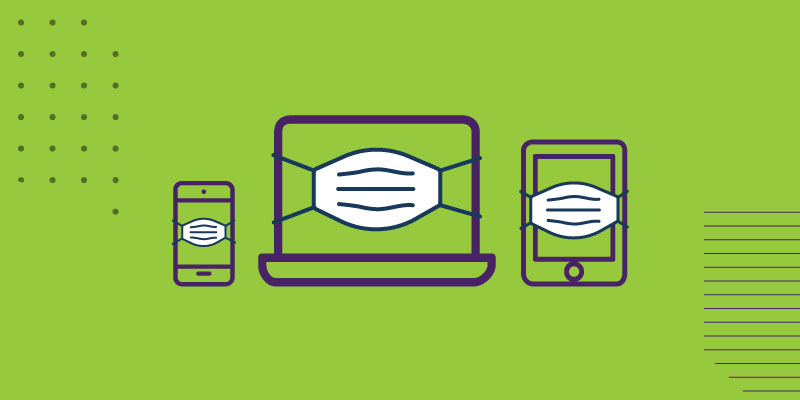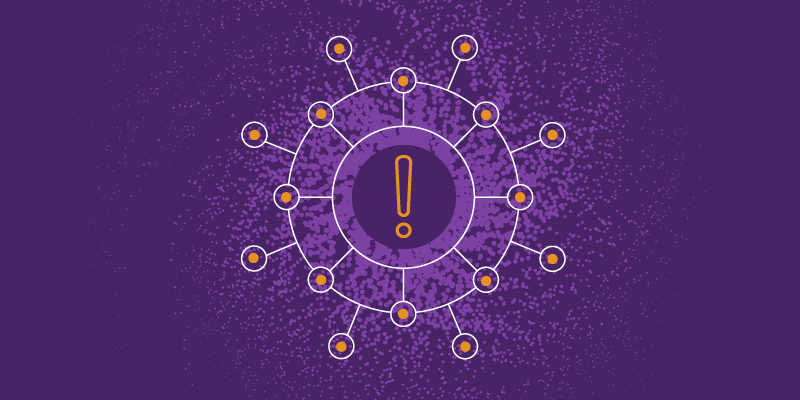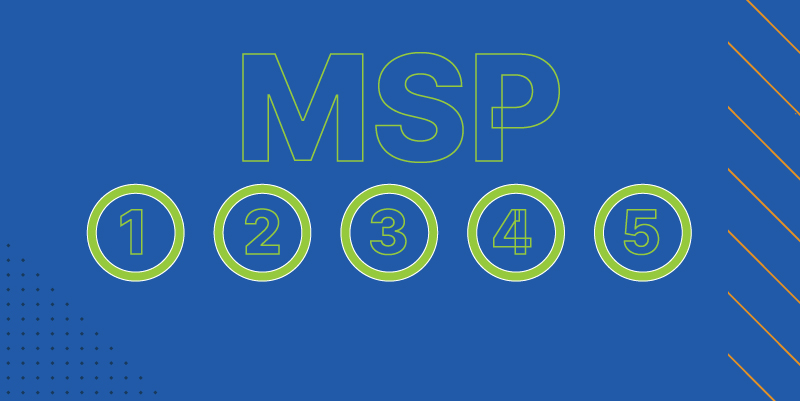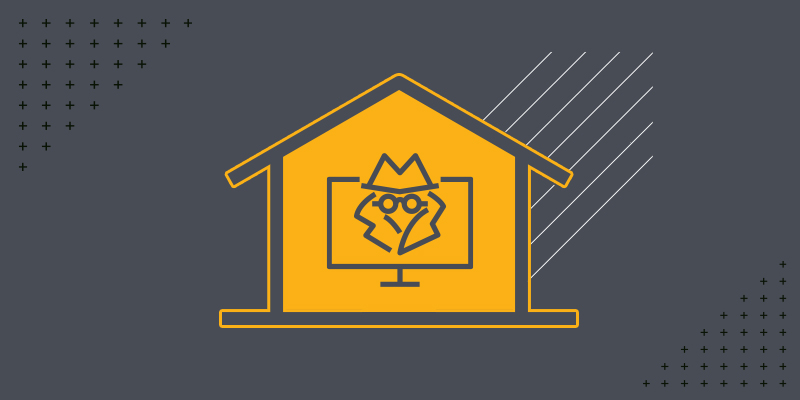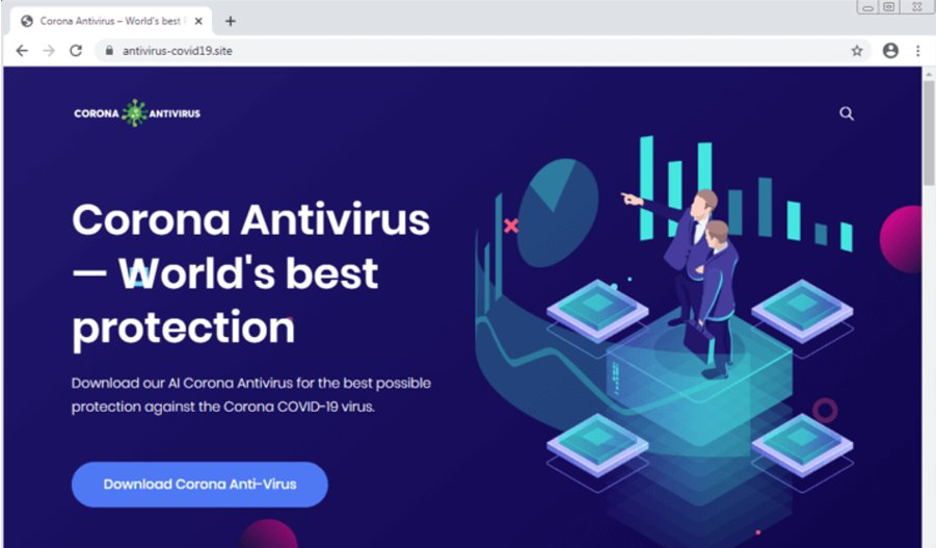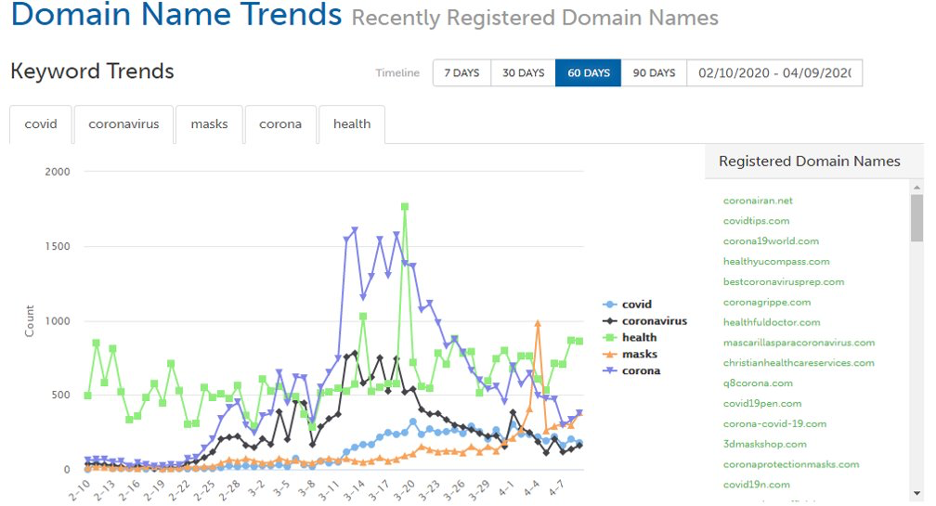“Ten years ago, you didn’t see state actors attacking [small businesses]. But it’s happening now,” warns George Anderson, product marketing director at Carbonite + Webroot, OpenText companies.
Sadly, many of today’s managed service providers who serve small and medium-sized businesses now have to concern themselves with these very threats. Independent and state-sponsored hacking groups use sophisticated hacking tools (advanced persistent threats or APTs), to gain unauthorized access to networks and computers, often going undetected for months or even years at a time. In fact, according to the 2020 Verizon Data Breach Investigations Report, cyber-espionage is among the top patterns associated with breaches targeting businesses worldwide.
These attacks can be difficult even for highly sophisticated enterprise security teams to detect, stop or recover from. But all businesses, no matter their size, must be ready for them. As such, MSPs, themselves ranging in size from a few techs to a few hundred professionals, may find they need help protecting their SMB customers from APTs; that’s on top of the consistent onslaught of threats from ordinary, profit-motivated cyberattackers. That’s where the concept of cyber resilience comes in.
What does cyber resilience look like?
“Being [cyber] resilient – knowing that even if you’re knocked offline you can recover quickly – is essential for today’s businesses,” George says.
The reality is that today’s organizations have to accept a breach is pretty much inevitable. Their level of cyber resilience is the measure of the organization’s ability to keep the business running and get back to normal quickly. “It’s being able to absorb punches and get back on your feet, no matter what threatens,” as George put it in a recent podcast with Joe Panettieri, co-founder MSSP Alert & ChannelE2E.
Read more about how businesses can build a cyber resilient company culture.
How can businesses and MSPs achieve cyber resilience?
Because cyber resilience is about both defending against attacks and preparing for their inescapability, a major component in a strong resilience strategy is the breadth of coverage a business has. In particular, having tested and proven backup and disaster recovery solutions in place is the first step in surviving a breach. If a business has reliable, real-time (or near real-time) recovery capabilities, then in the event of an attack, they could make it through barely skipping a beat.
Now, George has clarified that “no single solution can offer complete immunity against cyberattacks on its own.” To reduce the risk of events like data loss from accidental deletion, device theft or hardware failure, your clients need multiple layers of protection that secure their devices and data from multiple angles. Here are George’s top data protection tips:
- All data must be continuously backed up and available.
- Data stored within collaboration tools, such as Microsoft® Teams or SharePoint, should be backed up too.
- A full cyber resilience strategy should include cybersecurity and threat prevention features, network protection and end user education, in addition to backup and recovery solutions.
- Choose vendors who are known within the channel for their easy management, integrations with RMMs and/or their reputation with your fellow MSPs.
Ultimately, George says ensuring business continuity for MSPs and the businesses they serve through comprehensive cyber resilience solutions is the primary goal of the Carbonite + Webroot division of OpenText.
“We want to up the advocacy and stop attacks from happening as much as we possibly can. At the same time, when they inevitably do happen, we want to be able to help MSPs recover and limit lost time, reputation damage, and financial impact so businesses can keep functioning.”
To learn more about cyber resilience, click here.









